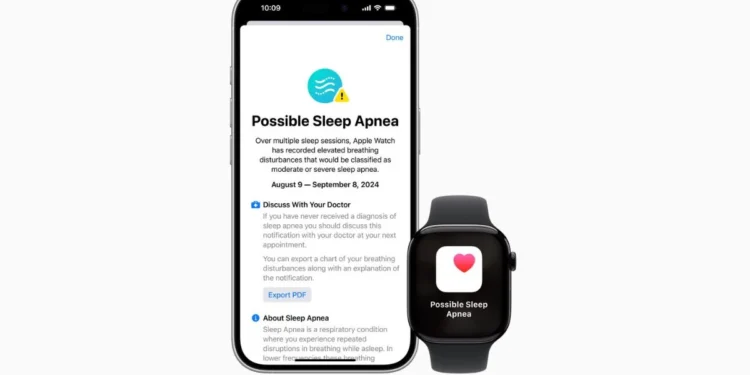Sleep apnea, a condition affecting millions, is notoriously tricky to diagnose, as its most apparent symptoms occur during sleep, often unbeknownst to the sufferer. The unveiling of Apple Watch Series 10’s new feature, designed to detect potential sleep apnea symptoms, has sparked a wave of interest and speculation. Let’s delve into what sleep apnea entails, the role of Apple’s latest gadget in its detection, and the viewpoints of medical experts on this modern approach to monitoring health.
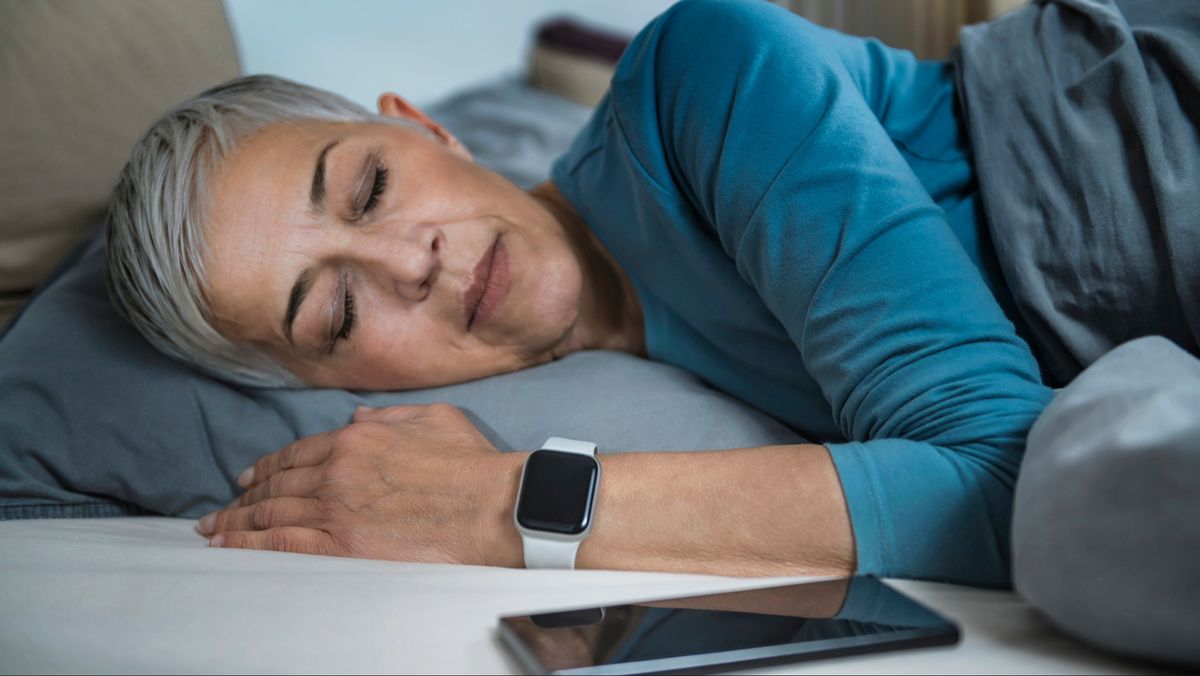
Understanding Sleep Apnea
Sleep apnea is a sleep disorder that causes people to stop breathing temporarily during sleep. This condition is divided into two types: Obstructive Sleep Apnea (OSA) and Central Sleep Apnea (CSA). OSA is more common and occurs when throat muscles relax and block the airway during sleep, leading to breathing interruptions. CSA, on the other hand, happens when the brain fails to send proper signals to the muscles controlling breathing, as noted by Esther Rodriguez-Villegas, professor and founder of the Wearable Technologies Lab at Imperial College London.
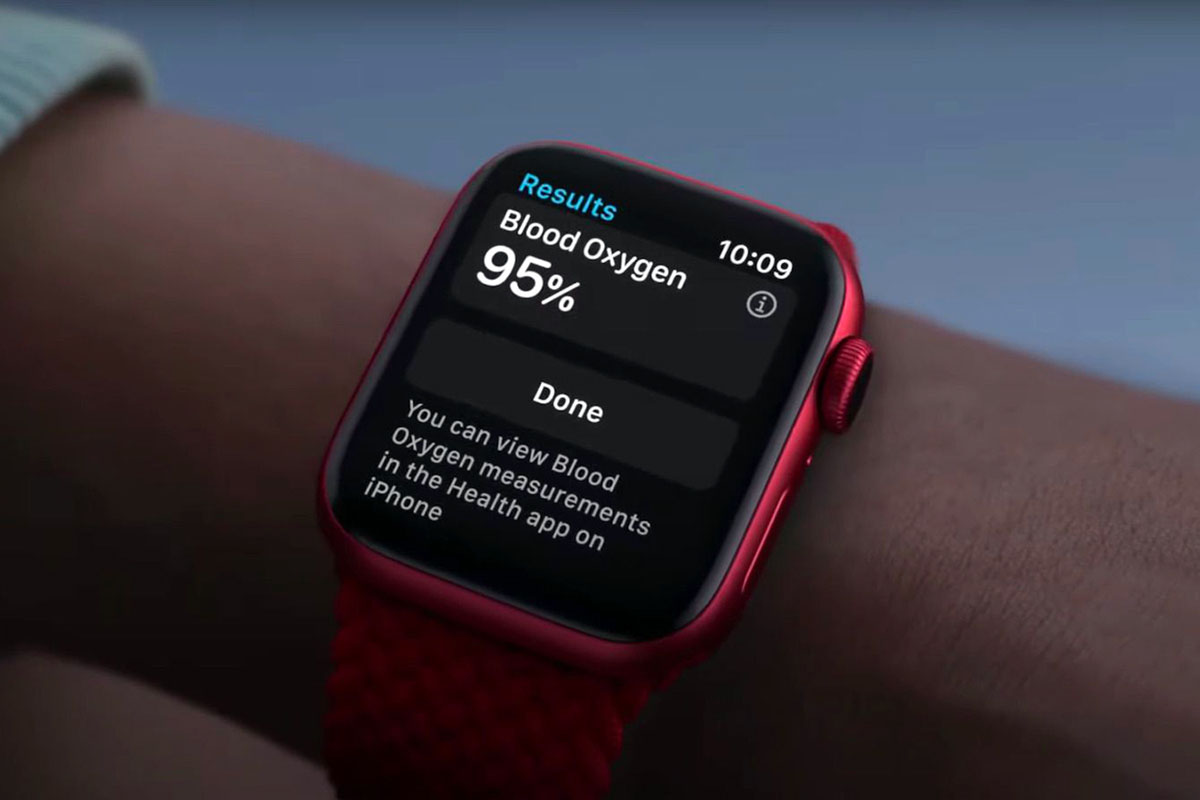
The Role of Apple Watch in Detecting Sleep Apnea
The FDA’s recent approval of the Apple Watch Series 10 for sleep apnea detection marks a significant advancement. According to Apple, the device employs an algorithm that monitors breathing disturbances using accelerometer data. This data is collected from a large pool of adults and validated against polysomnography tests. If the watch detects abnormal patterns consistent with moderate to severe sleep apnea, it notifies the user. However, Apple emphasizes that while the device can alert users to potential issues, it is not a diagnostic tool.
Dr. Marschall Runge, MD, PhD, and CEO of Michigan Medicine, views the Apple Watch’s new capability positively, stating, “It will increase the emphasis on sleep apnea and on sleep apnea testing, particularly for people who sleep alone who would have no other way to diagnose sleep apnea.”
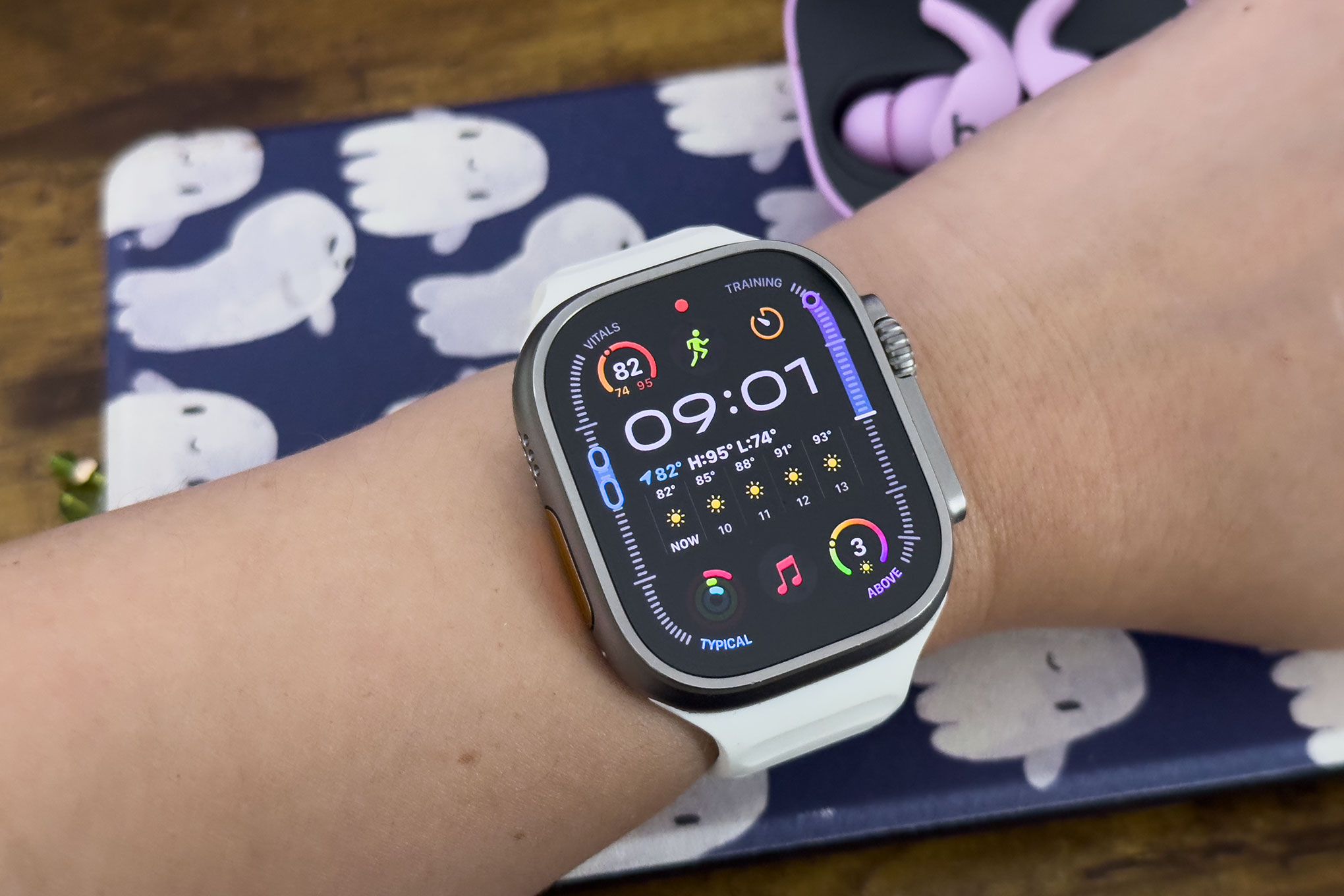
Evaluating the Reliability of Apple Watch Notifications
Despite the enthusiasm, there are concerns about the Apple Watch’s accuracy in detecting sleep apnea. The watch aims for high specificity (95.9%), meaning it is designed to minimize false positives. However, its sensitivity rate stands at 66.6%, indicating that some cases might still go undetected. Dr. Runge expressed concerns about underdiagnosis, suggesting that the reliance on technology should not replace professional medical evaluations.
The Medical Community’s Stance
Medical professionals urge caution in relying solely on technology for health diagnostics. Dr Chelsea Perry, an expert in sleep solutions, acknowledges the potential of Apple Watches to raise awareness and catch early symptoms. However, she advises, “Nothing beats a professional sleep study for accuracy.” Individuals must recognize common symptoms such as unexplained daytime fatigue, loud snoring, or waking up with a dry mouth, which might suggest the presence of sleep apnea.
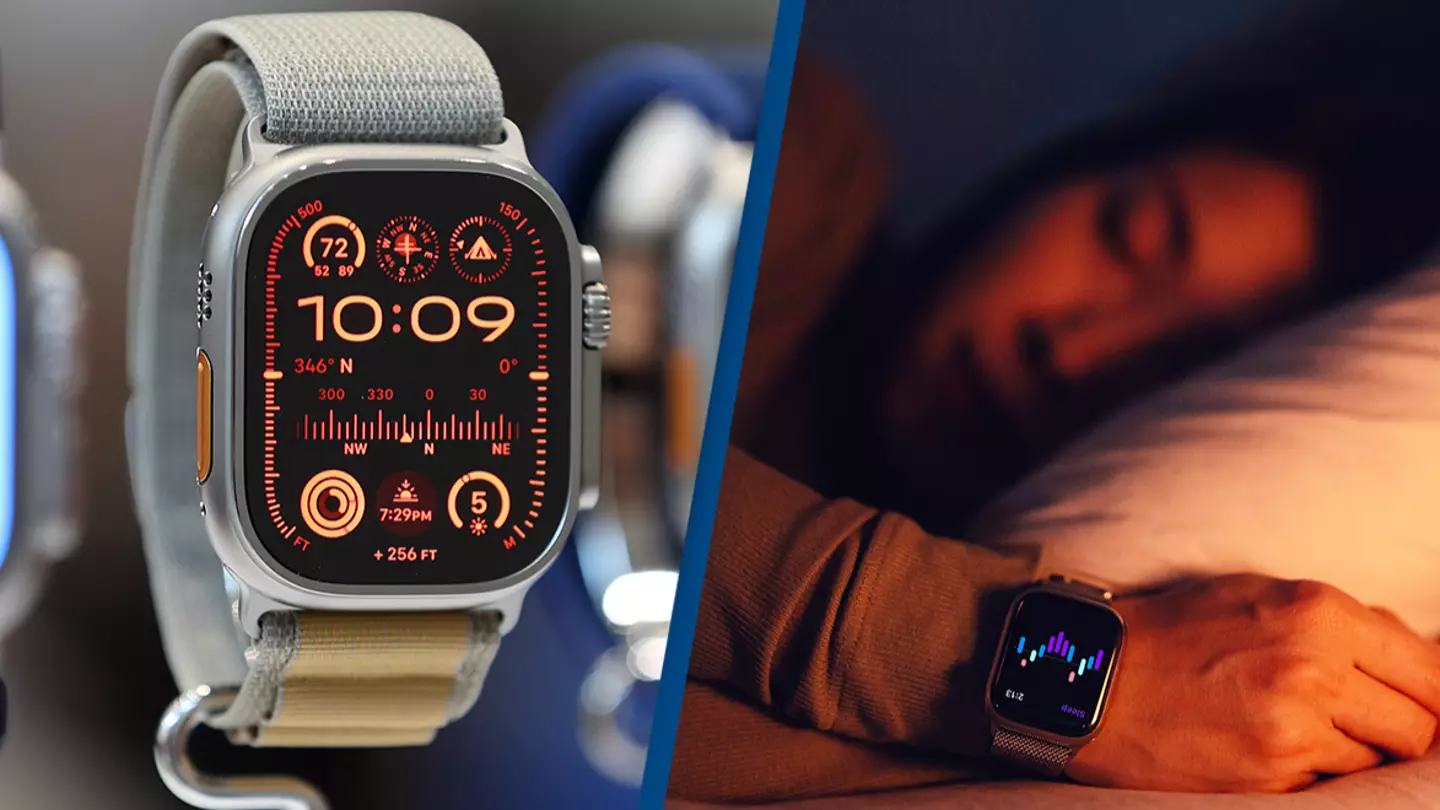
Common Symptoms and Risk Factors to Watch For
Besides technological aids, awareness of sleep apnea symptoms and risk factors is essential. Risk factors include obesity, certain facial structures, large tonsils, smoking, opioid use, alcohol consumption, age, and gender. Lifestyle changes such as maintaining a healthy weight, quitting smoking, and moderating alcohol intake can help reduce the risk of developing sleep apnea.
In conclusion, while the Apple Watch Series 10 presents a promising tool for detecting potential sleep apnea symptoms, it is not a standalone solution. Both users and medical professionals should view it as a supplement to traditional diagnostic methods, ensuring a comprehensive approach to managing and diagnosing sleep apnea. As technology advances, it remains a supportive element in health monitoring, not a replacement for professional medical advice and diagnostics.

